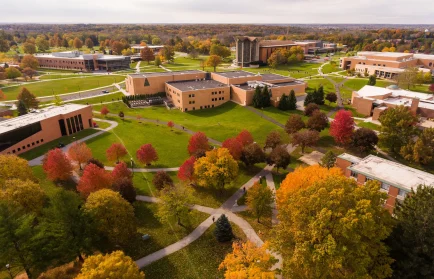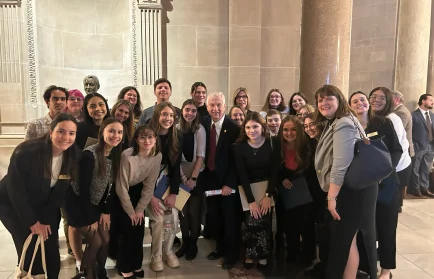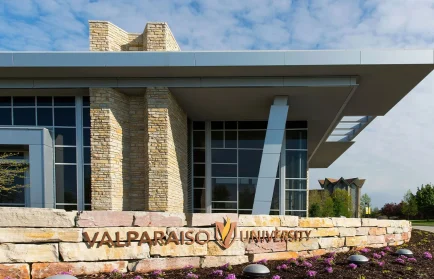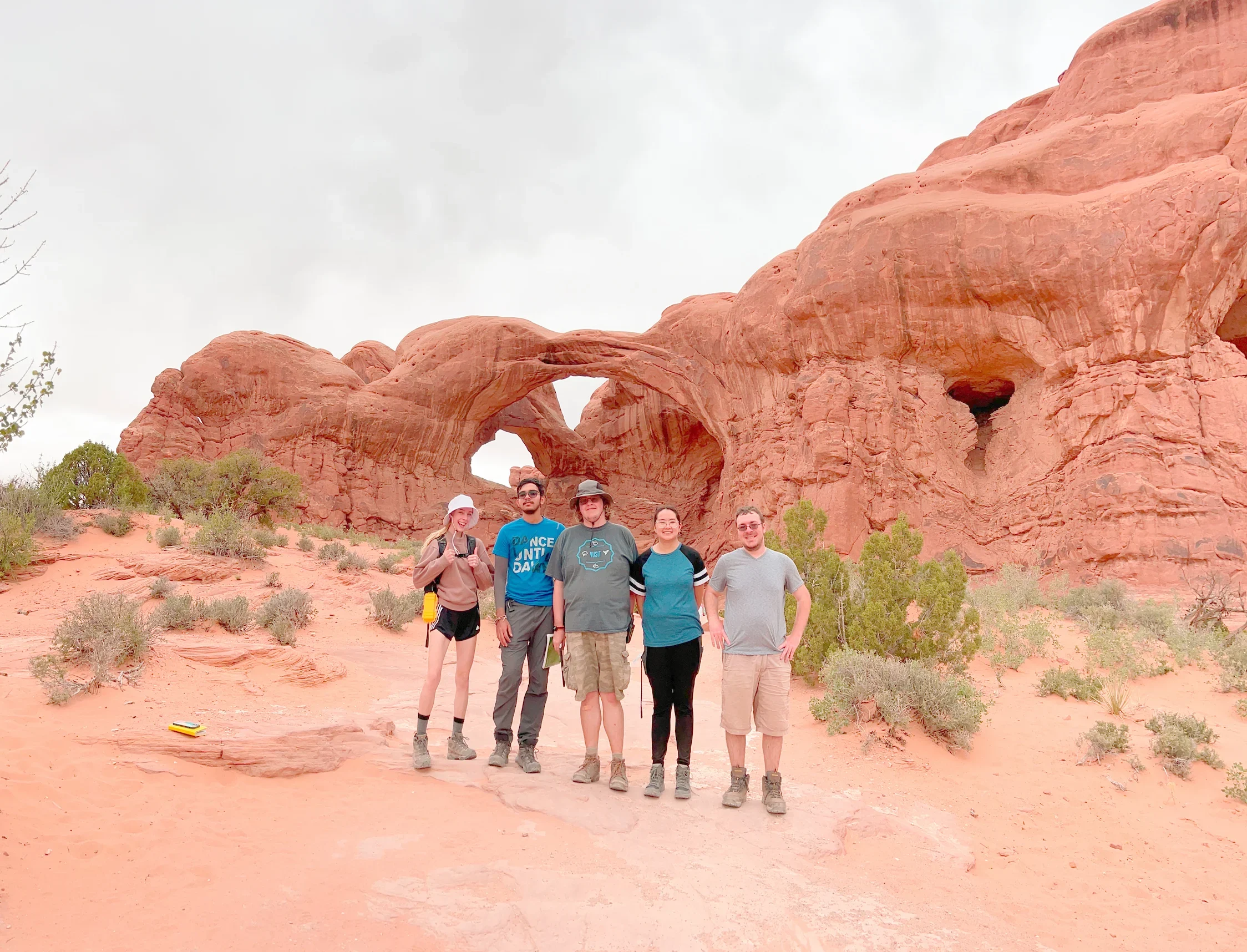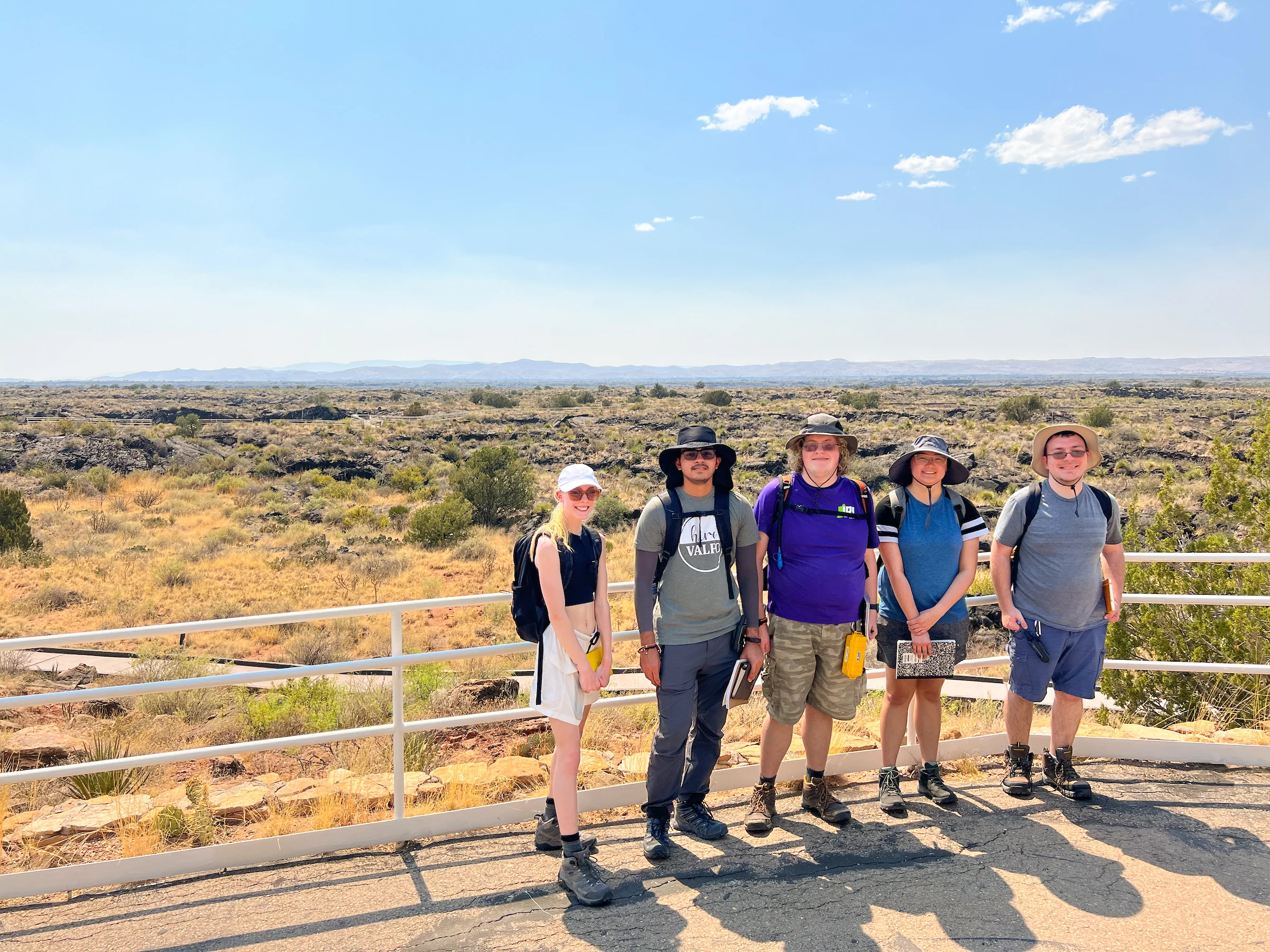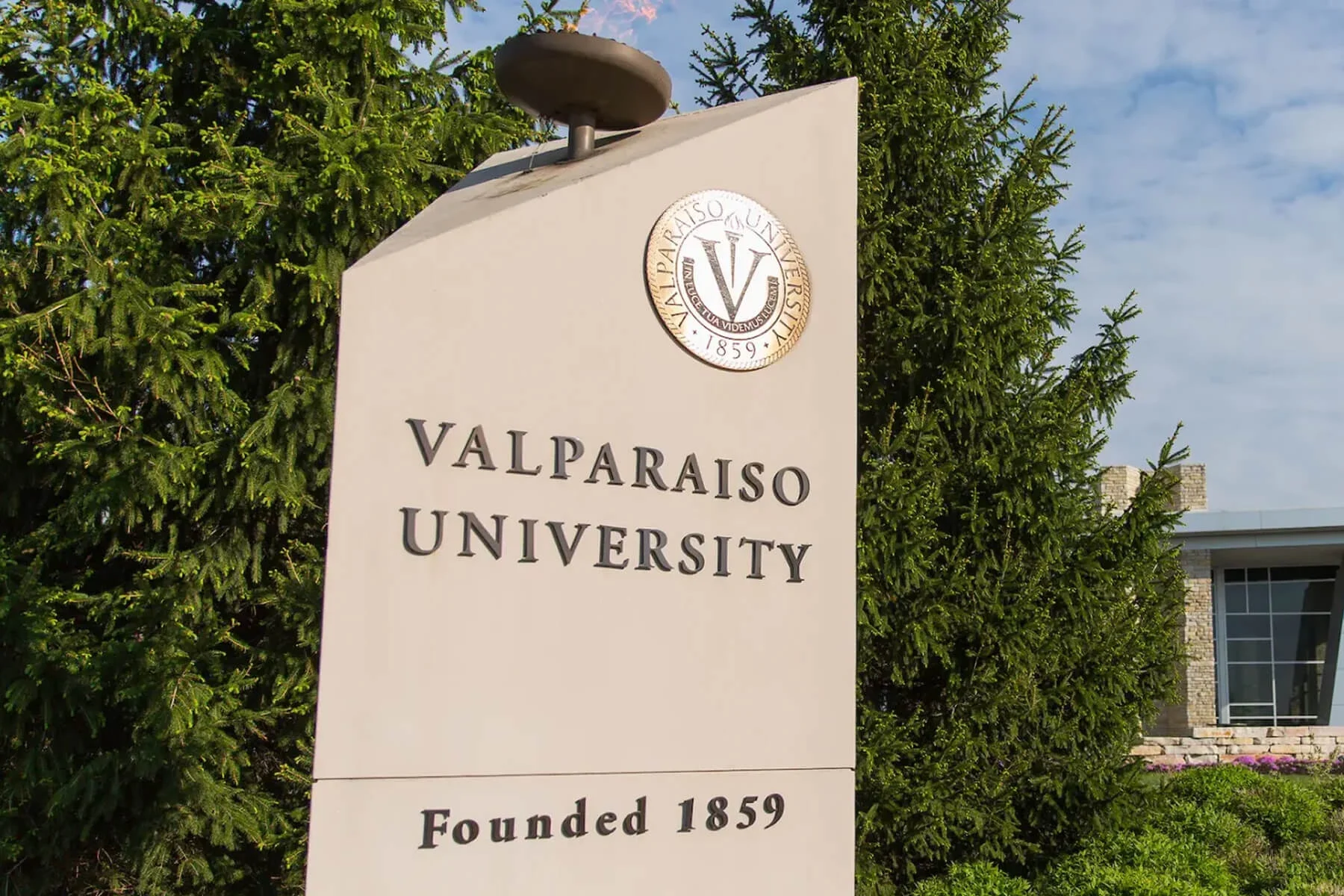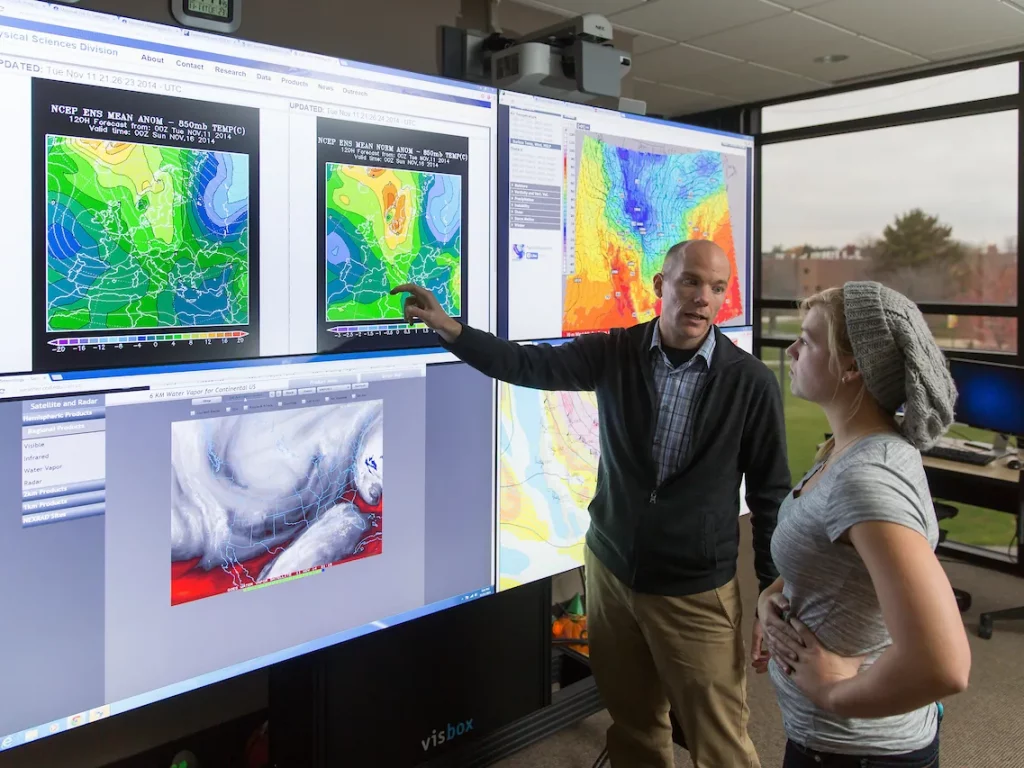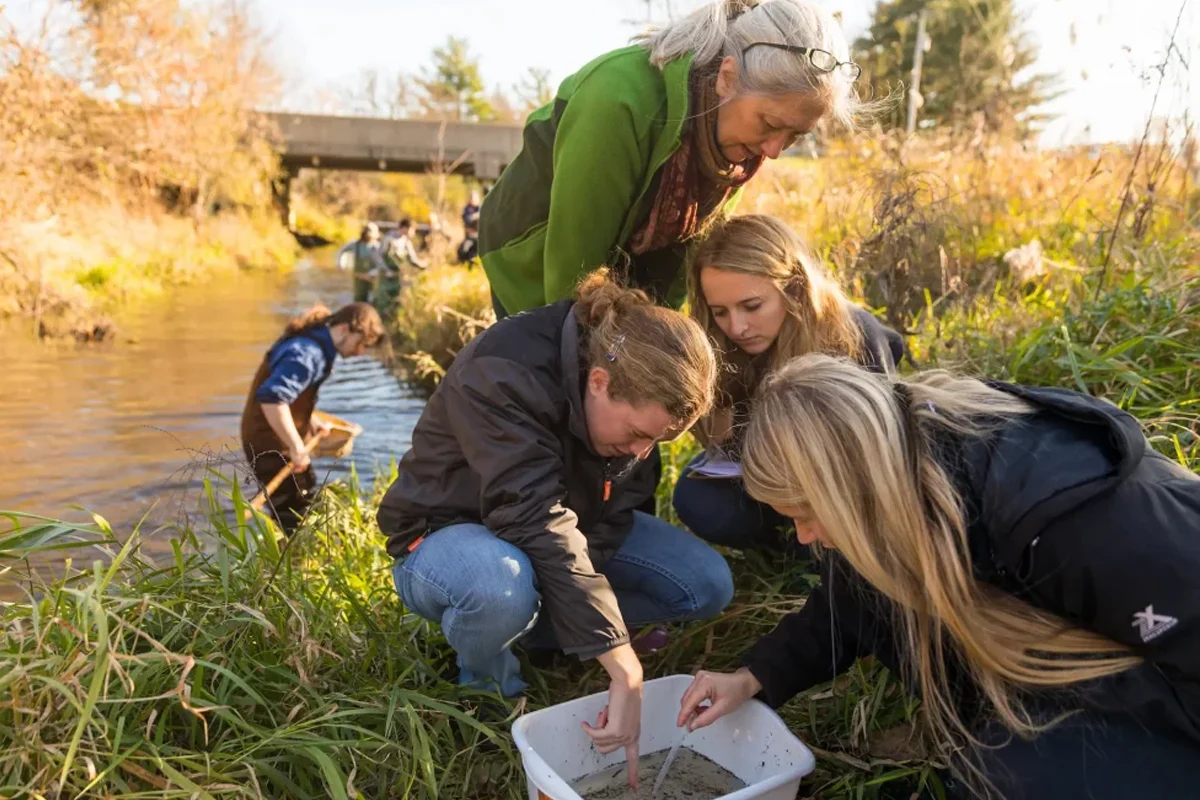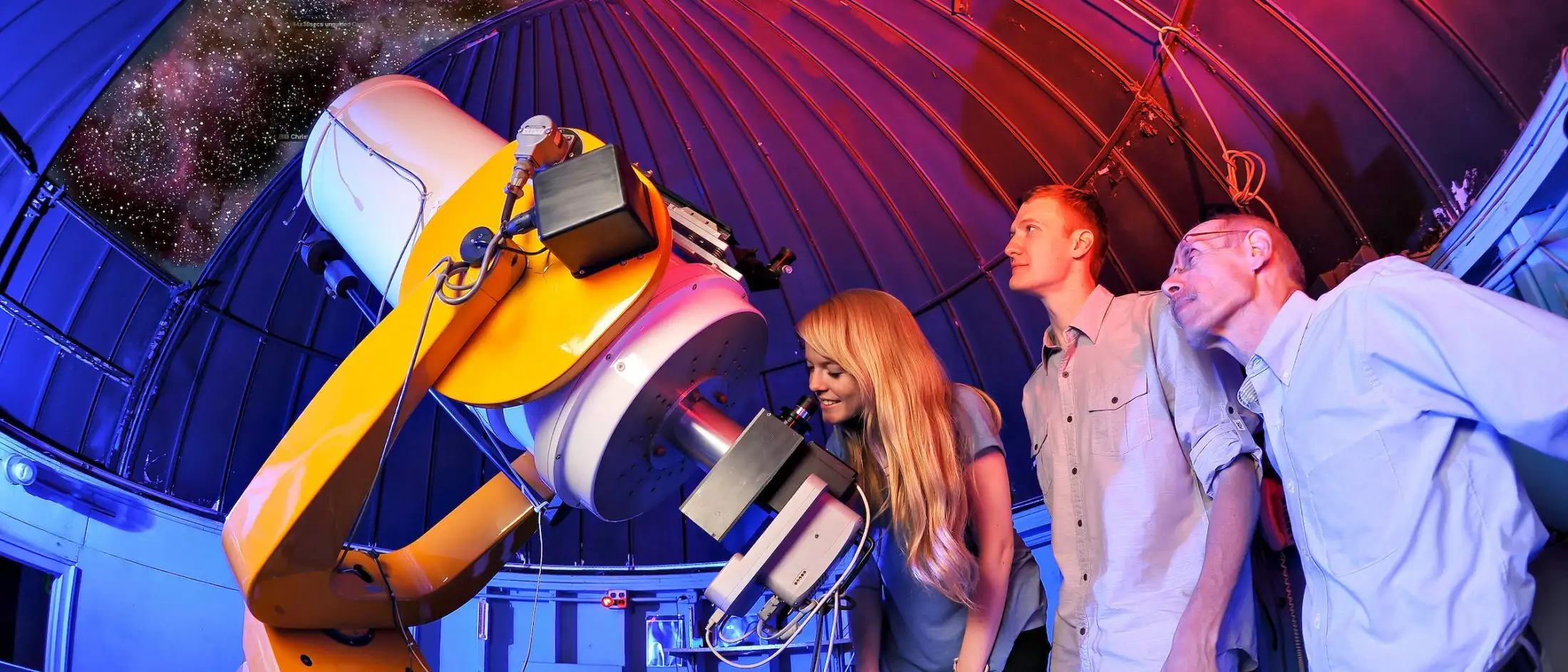Geography
With a geography major from Valpo, students can graduate with a Bachelor of Arts or a Bachelor of Science degree.
About Our Geography Degrees
The programs emphasizes practical experience through field trips, field courses, internships, and opportunities to work with faculty on original research. The foundational courses prepare geographers to reach their fullest potential.
Check out the Bureau of Labor Statistics occupational outlook for:
Major Requirements
The B.A. degree (minimum 32 Cr.) integrates approaches from the social sciences and humanities with the natural sciences and technical skills. Students may choose to focus their studies by pursuing one of four concentrations.
- Urban Planning Concentration
- Geography BA Core (14-15 Cr)
- Geography Electives (3-4 Cr)
- Concentrations (21 Cr)
- Geography Concentration
- Geo-Sustainability Concentration
The B.S. degree (33 Cr.) integrates approaches from the social sciences and humanities with the natural sciences and technical skills. Students may choose to focus their studies by pursuing one of four concentrations.
- Earth Science Concentration
- Geography BS Core (14 Cr)
- Concentrations (30 Cr)
- Geospatial Analysis Concentration
Minor Requirements
GIS involves using computers to map and analyze multiple layers of spatial data, an eminently marketable skill. The minor in GIS is designed for any student interested in acquiring these skills. Examples of students who might benefit from learning to work with GIS:
- A biology major interested in mapping and understanding the factors that affect the distribution of invasive species
- A civil engineering major who wants to better understand and map multiple site conditions for a project
- A chemistry major seeking to document and map water sampling sites as well as the potential sources of water pollution
- A business or economics major who wants to find the ideal location for a new store or understanding variations in consumer demographics
- An art major who wants to add cartographic skills to their graphic design skill set or to explore technologies of mapping as a tool for making art
- A social work or nursing major interested in exploring client access to services
- A political science major interested in mapping election results
- A sociology major interested in understanding spatial variations in social indicators
Required Courses
A minimum of 16 credit hours is required for the geographic information systems minor and must include the following courses:
- GEO 101 World Human Geography or
GEO 104 Introduction to Geomorphology in Earth System Science - GEO 215 Introduction to Geographic Information Systems
- GEO 330 Remote Sensing of the Environment
- GEO 415 Advanced Geographic Information Systems
and three additional credits from the following:
- GEO 486 Internship in Geography. If selecting GEO 486, the internship must involve GIS, remote sensing, or cartography.
- GEO 225 Cartography and Map Design
- GEO 285 Natural Hazards
- GEO 315 Environmental Applications of GIS
- GEO 316 Internet Mapping and Web GIS
A minimum of 16 credit hours in geography, chosen by the student in consultation with the chair of the department, constitutes a minor. One 100-level, one 200-level, and two 300-level or higher courses must be included.
College of Arts & Sciences
Program Rankings and Highlights
Alumni Highlights
The skills and knowledge you develop here will lead to careers in the National Park Service, Geospatial intelligence, City and Regional Planning, Computer Mapping, Emergency Management, Environmental Geoscience, Strategic Consulting, and Policy making.
College of Arts & Sciences
Meet Our Faculty
Professors. Mentors. Friends. At Valparaiso University, you will work on real-life problems alongside faculty leaders with decades of business experience and a true desire to do what’s best for you.
College of Arts & Sciences
